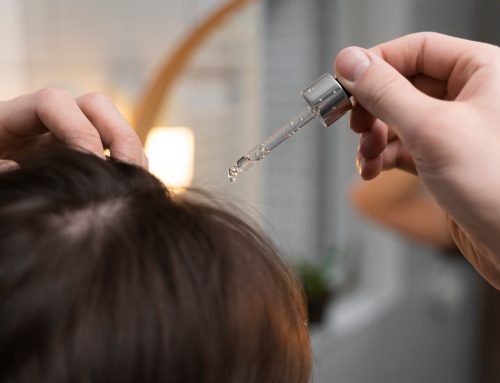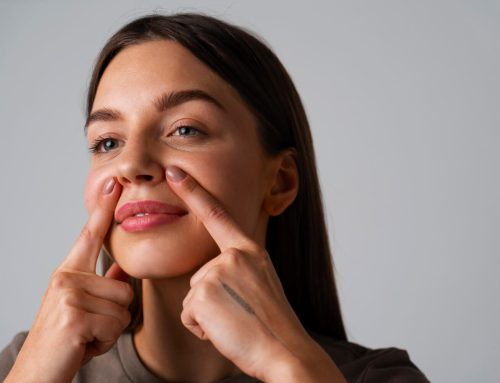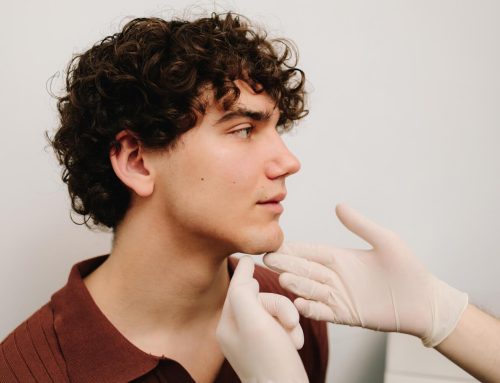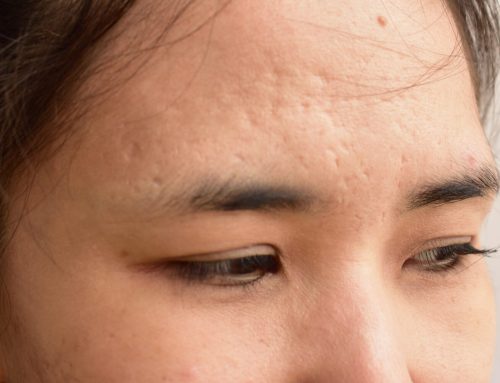Varicose veins are veins that dilate and appear swollen and twisted on the skin. This is mainly due to a dysfunction in the return of blood from the extremities to the heart: the valves and venous walls, structures that make up the veins, allow the blood to flow from the legs to the heart, but when they weaken, the blood accumulates inside these veins, forming what we call varicose veins.
In addition, varicose veins can also form as a result of:
- Prolonged standing or sitting
- Lack of exercise
- Genetics
- Obesity
- Hormonal disturbances
- Age
Types of varicose veins
They can be classified according to different issues, but the most common is to differentiate them according to their size:
- Spider veins: dilation of very small veins. They are usually simply a cosmetic problem.
- Reticular varicose veins: dilation of visible subcutaneous veins. They can cause itching or tired legs.
- Truncal varicose veins: dilation of the main and superficial veins, so they are palpable and often cause pain, itching, swelling… even ulcers.
How to prevent them?
Although as such they are not dangerous and end up being more of a cosmetic issue, there are different ways to prevent them, the most effective being compression stockings, as several studies indicate.
- Do regular low-impact exercise (walking, swimming, yoga, squats, etc.).
- Avoid prolonged standing or sitting.
- Lift your legs several times a day to promote good circulation, and when sleeping.
- Avoid tight-fitting clothes and high heels.
- Maintain a balanced weight.
- Eat a diet rich in fibre to avoid constipation, which can cause varicose veins.
- Avoid situations of high heat as it dilates the veins more and can worsen varicose veins.
- Avoid smoking as it can weaken the walls of the blood vessels and worsen varicose veins.



